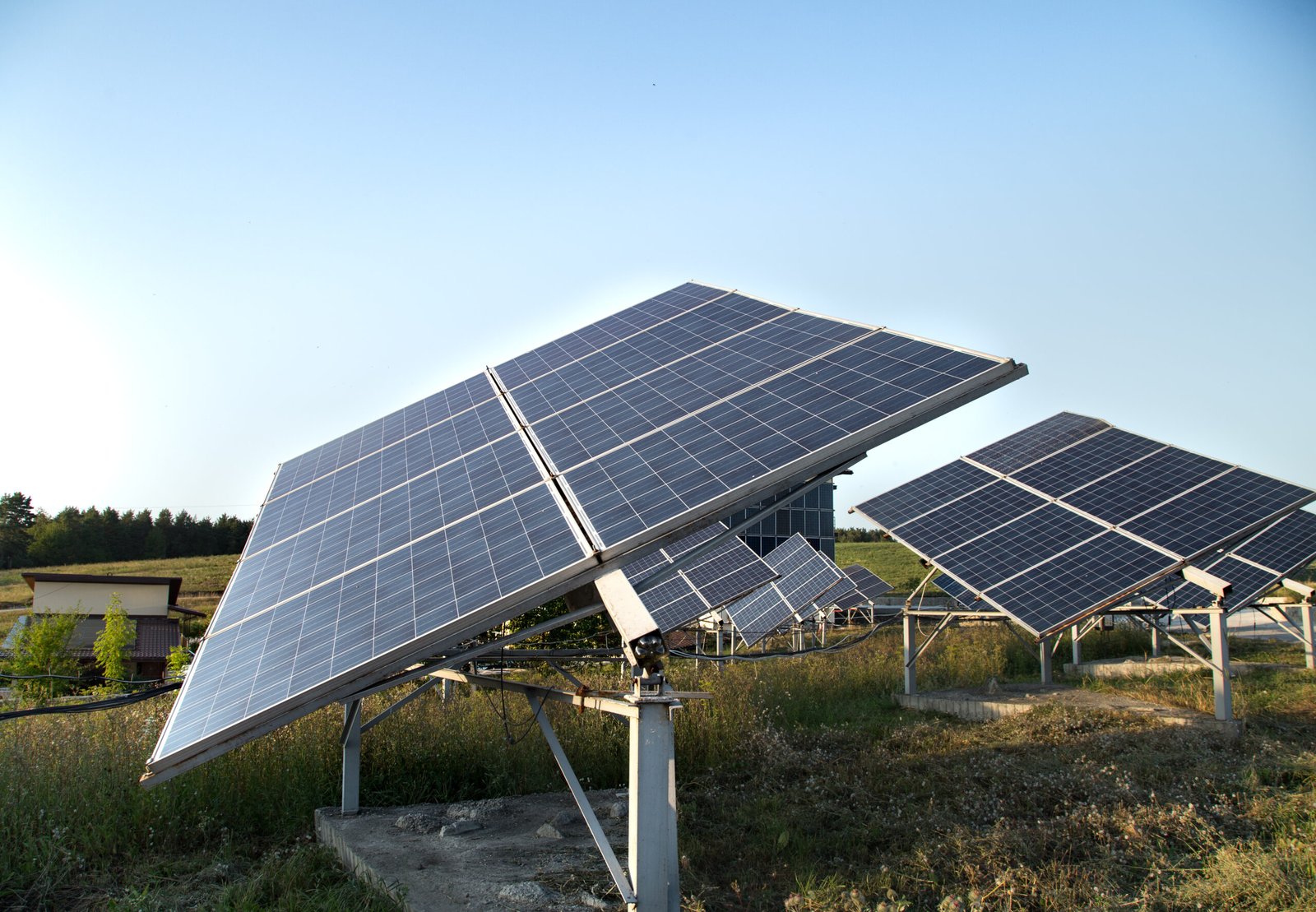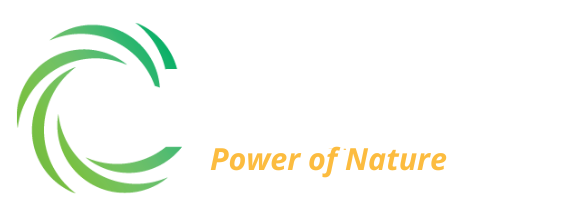Commercial Solar Energy Tax Incentives, Financing and Benefits
Take advantage of federal and state incentives to reduce solar installation costs.
There are many compelling reasons for businesses, government, institutions, private organizations, and nonprofits to go solar. Here are the major incentives and benefits of commercial solar panel systems:
- Solar tax credit and other incentives
- Electric bill offset
- MACRS depreciation
- Multiple financing options
- Green credentials
- Quick payback period
- Net Metering

Solar Tax Credit and Other Incentives
The Clean Energy Credit – more commonly known as the solar tax credit – is equal to 30% of the cost of installing a solar panel system.
So, if your organization pays $50,000 to install a solar power system, it will receive a $15,000 credit when it flies its taxes.
Are you aware that states, utilities, and local governments and local governments provide additional incentives for private individuals and organizations that go solar. Check what incentives and rebates are available in your areas. Or once you provide your zip code, we would assign our energy consultant to guide you free of charge.

Full electric bill offset is particularly easy if you install a grid-tied system, which allows you to export surplus power to the grid and import power to meet shortfalls when needed. Further, if net metering is available, you will even earn the full retail rate for the power you export!
Full electric bill offset means:
As you are producing and consuming your own power, you are less affected by any future electricity price increases.
Many organizations that go solar see this benefit from Month One as the loan repayments can cost less than the bill savings.
Once your solar panels are paid off, you are essentially powering your organization for free.
Lower operating costs through electric bill offset
Commercial solar power systems can be designed to offset 100% of an organization’s electricity bill.

MACRS depreciation
The cost recovery period for solar energy equipment under a modified accelerated cost recovery system is just five years.
This means that businesses will benefit from a large reduction in their tax liabilities in their five years of owning the asset; this is extremely favorable considering solar panels have a warranted life of at least 25 years.
MACRS can be used in conjunction with the solar tax credit. The project’s cost basis is reduced by half the value of the solar tax credit. So, if you use the 30% tax credit, you will reduce the asset’s cost basis to 85%.

Flexible purchase and lease options
The best way to purchase solar panels to get the greatest lifetime savings is to pay them off upfront in a cash purchase. However, organizations also have the option to finance their solar panels in one three ways:
You take a loan to purchase the solar panels and make monthly repayments over 5 - 20 years.
You pay us, as a solar company a fixed monthly rate for the use of our solar panels.
You agree to purchase the power generated from the solar panels at an agreed rate per kilowatt-hour.

Solar systems bought with a solar loan are eligible for the tax credit; this is not the case with solar leases and PPAs. Solar loans generally offer the best return on investment and are the preferred option for property owners.
Alignment of generation and consumption
Solar power generation and electricity consumption tend to align closely in commercial solar panel installations. That is because most organizations consume electricity during the day, when the sun is out, and so solar panels are generating power.
This alignment results in a higher self-consumption. This means that in commercial solar, there is generally:
Less need for energy storage – good thing as battery solutions increases solar’s upfront costs and payback periods.
Increased savings in places where net metering {full retail rate for solar exports} is unavailable.
This is in marked contrast with what happens in homes and this grid in general, which see a major spike in electricity consumption after sunset, exactly when solar panel output drops. This imbalance is known as the Duck Curve, and often needs to be addressed with expensive battery solutions.

Quick payback period
The combination of incentives, utility bill savings, and the MACRS depreciation tax benefits means that commercial solar payments can offer a great return on investment – offering an average payback period between three and seven years.
This is a very short payback period, especially considering how long solar panels are designed to last. You can expect your solar panels to last at least 25-30 years, which is the amount of time most performance warranty periods are offered on current solar panel models.

Just keep in mind that you will have a shorter payback period with a cash purchase versus financing your solar panels.
Green Credentials
It is a well-known fact that when it comes to climate change and well-being of our planet, most consumers feel very strongly:
As an integrated global renewable energy organization, we are responsive to these concerns by demonstrating our commitment to clean energy and sustainability. A great way we are achieving this is by installing commercial-scale solar systems. It is a win-win scenario – organizations can save money on electricity costs while also taking part in reducing their carbon footprint.
You don’t have to be a giant corporation to take part in a solar project. Corporate giants like Google, Facebook, Apple, Target, Amazon, and Walmart have caught on to this fact, and are installing massive amounts of solar capacity while announcing ambitious plans to completely transition to clean energy.

Federal Investment Tax Credits
The Solar Investment Tax Credit {ITC} is a federal program enacted in 2006 to promote the growth of solar {since then, the industry has grown more than 10.000%}. This program applies to both residential and commercial solar installations. If you own your solar system, you can receive a discount on taxes you owe, or a direct payment from the IRS, proportional to the cost of your solar investment.
As of 2023, the ITC has been extended at a rate of 30% for the next 10 years! The ITC will decrease to 26% for systems installed in 2033 and, 22% for systems installed in 2034. There is no cap on the value of the credit. The larger your investment, the larger the credit.

MARYLAND Solar Incentives and RebatE
Maryland Solar Renewable Energy Certificates {SRECs} Solar Renewable Energy Credits {SRECs} are part of a state-sanctioned solar incentive system that increases the economic value of solar investment. As a solar energy producer, you earn one SREC for every 1000 kwh of solar energy you generate, regardless of whether you use it immediately or export it to the grid.
Your SRECs can then be sold in a state marketplace to accelerate payback. SREC prices fluctuate, and their value is influenced by traditional market forces {supply and demand} as well as state and federal policies. SRECs can be generated and sold any type of solar producer if you own the solar array.
Maryland Solar Access Program (up to $7,500 grant for eligible low-to-moderate income households), and the Solar Renewable Energy Credits (SRECs) program, which provides credits based on the system’s energy production. Other benefits include property and sales tax exemptions for solar systems and local incentives, such as the Alternative Energy tax credit.
The State/Local Incentives:
- Maryland Solar Access Program (MSAP):
A new grant program for eligible residents, providing up to $7,500 or $750 per kW, for new residential systems.
- Solar Renewable Energy Credits (SRECs):
You earn credits for every 1,000 kWh your system generates. The value of these credits is tied to the state’s Solar Alternative Compliance Payment (SACP) schedule.
- Property Tax Exemption:
Solar installations are exempt from property tax increases, meaning the added value of your solar won’t increase your property tax bill.
- Sales Tax Exemption:
The state’s 6% sales tax on solar equipment and installation services is eliminated.
- Local Incentives:
Some counties offer additional incentives. For example, the Alternatives Energy tax credit offers up to $5,000 for residential solar installations in certain counties.
All states, utilities, and local governments provide additional incentives for individuals, organizations that go solar. Make sure to check what incentives are available in your area of residence.

Quality Premium Service
We focus on quality installations using premium hardware and components
Our team of experience designers, engineers, and project managers ensures a smooth process from inception to the end of project. We offer equipment manufacturer’s warranties, workmanship warranty and production guarantee of your project to our client’s satisfaction.

Get started with solar ideas for your business today!
REQUEST FOR CONSULTATION AND A SOLAR AUDIT
